In the miniature realms of the insect world, an evolutionary arms race has been raging for millions of years. Lacking the raw strength, size, or speed of larger animals, insects have evolved some of the most bizarre, innovative, and downright peculiar defensive adaptations on Earth. From chemical warfare to biological masquerade, these tiny creatures employ survival tactics that seem straight out of science fiction. Yet these strange defenses represent the pinnacle of evolutionary ingenuity, allowing insects to thrive in virtually every habitat on the planet despite constant threats from predators. This exploration into nature’s weirdest insect defenses reveals how the smallest creatures often possess the most fascinating survival mechanisms, showcasing the incredible creativity of natural selection when life is on the line.
Bombardier Beetles: Living Chemical Weapons

When threatened, bombardier beetles demonstrate one of the most explosive defensive mechanisms in the animal kingdom. These remarkable insects mix two separately stored chemicals in a specialized chamber, creating an exothermic reaction that produces a boiling, noxious spray ejected with an audible pop at predators. The scalding chemical mixture can reach temperatures of 100°C (212°F) and is directed with surprising accuracy at attackers through a flexible abdominal tip that can rotate in almost any direction. What makes this defense system even more impressive is the beetle’s ability to fire multiple rapid volleys of this chemical spray without harming itself, thanks to specialized internal valve systems and reinforced compartments. Scientists studying this mechanism have drawn inspiration from bombardier beetles for applications ranging from automotive fuel-injection systems to pharmaceutical delivery methods.
The Paradoxical Zombie Defenses of Carpenter Ants

Certain species of carpenter ants exhibit what might be called “defensive suicide” when infected by the Ophiocordyceps unilateralis fungus, commonly known as the “zombie ant fungus.” Upon infection, the fungus manipulates the ant’s behavior, compelling it to climb vegetation and clamp onto a leaf or twig with its mandibles before dying. While this seems counterproductive to individual survival, it represents a colony-level defense mechanism where infected individuals essentially exile themselves from the nest. The bizarre death grip, called a “death grip” or “summit disease,” ensures the infected ant dies away from the colony, preventing the fungal spores from spreading to other colony members. Research has shown that these ants have evolved chemical receptors that can detect fungal presence in nestmates, prompting healthy ants to carry infected individuals far from the colony, sometimes even throwing them from trees to prevent contagion.
Antlion Larvae: Masters of Desert Trap Engineering
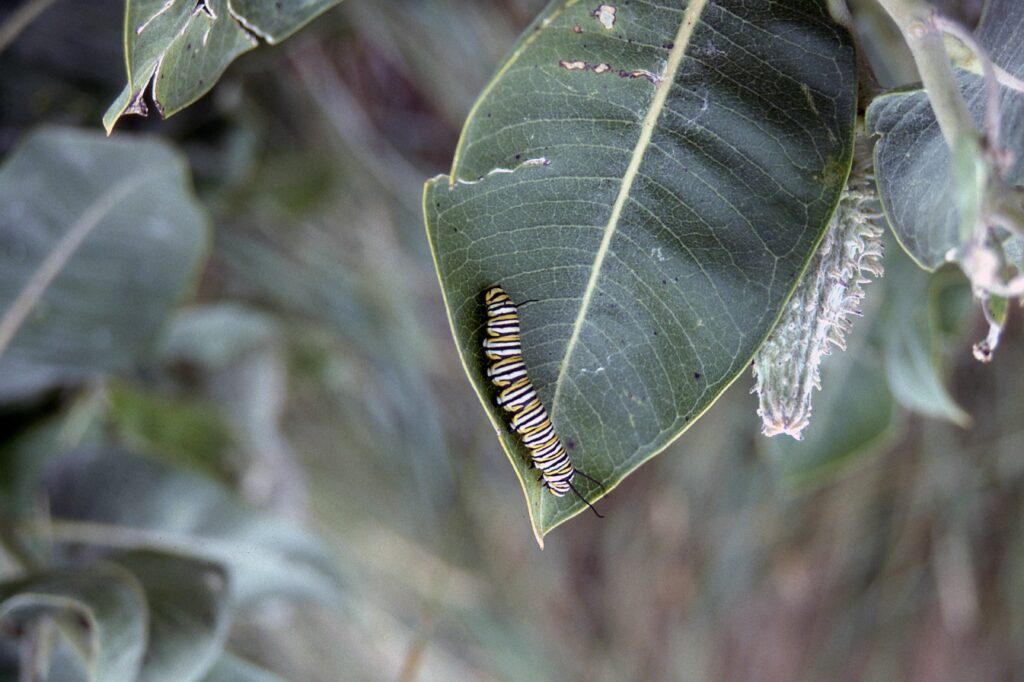
Antlion larvae employ an extraordinary passive hunting strategy that doubles as a defense mechanism through environmental manipulation. These predatory insects construct perfectly conical pits in loose sand, creating deadly funnels where steep, unstable walls cause intruding insects—particularly ants—to stumble and slide toward the hidden antlion waiting at the bottom. When potential predators investigate these pits, the same trap works as defense; the antlion can bury itself deeper in the sand while flicking sand upward, creating mini-avalanches that destabilize any creature trying to reach it. The precision of these constructions is remarkable, with antlions adjusting the angle of the pit walls to precisely match the critical angle of repose for that specific sand texture, ensuring maximum instability for any creature that ventures onto the edge. Some species even incorporate their own fecal matter into the pit structure, which hardens to provide additional structural support and possibly chemical deterrents against certain predators.
The Crypt Keeper Wasp’s Hijacked Defense
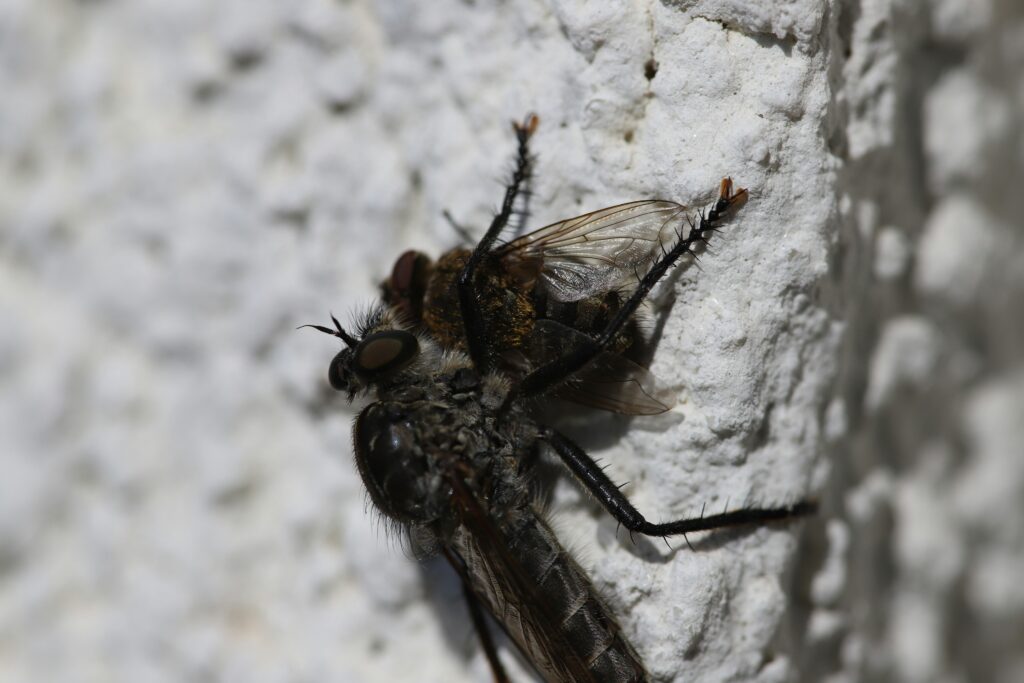
In one of nature’s most macabre defensive adaptations, the recently discovered “crypt keeper wasp” (Euderus set) manipulates another parasitic wasp’s behavior in what scientists call “hyperparasitism.” The crypt keeper wasp lays its eggs inside oak tree galls already containing the larva of another wasp species (Bassettia pallida), then chemically influences its host to create only a partial exit hole in the gall before becoming trapped. This manipulation forces the host wasp’s head to plug the hole, creating a defensive barrier while the crypt keeper consumes its host from within. When ready to emerge, the crypt keeper wasp eats through its host’s head, using the dead wasp as both a shield and an exit portal. This bizarre multilayered defense protects the developing crypt keeper from predators, parasites, and environmental threats while simultaneously providing a controlled exit strategy, demonstrating one of evolution’s most intricate defensive manipulations.
Assassin Bug’s Corpse Backpacks
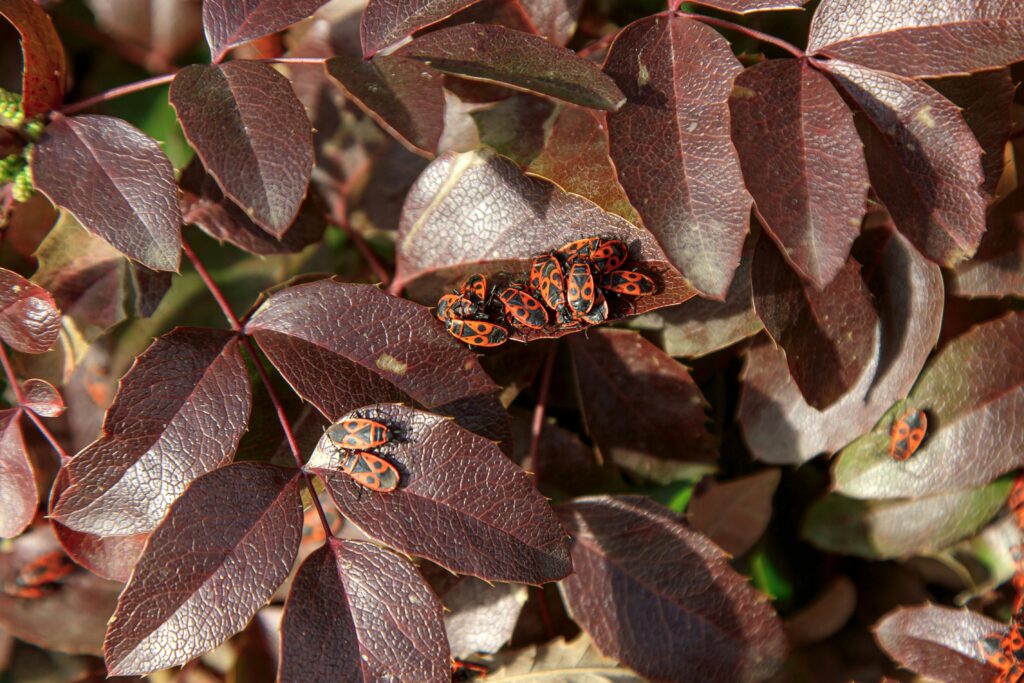
Several species of assassin bugs employ one of nature’s most gruesome defensive disguises by creating “backpacks” made from the drained corpses of their prey. After extracting all internal contents with their specialized rostrum (beak), these predatory insects carefully attach the empty exoskeletons of ants, other insects, and even small spiders to specialized hooked hairs on their backs, creating a macabre shield. This corpse collection serves multiple defensive purposes: it masks the assassin bug’s scent from predators, creates visual camouflage that breaks up their silhouette, and even provides a physical shield against attacks. Most remarkably, some assassin bug species specifically arrange their victims’ bodies in particular patterns that research suggests may mimic unpalatable insects or create frightening, confusing appearances to potential predators. Young nymphs sometimes even incorporate their own molted exoskeletons into these defensive structures, recycling their old bodies as new protection.
Malaysian Exploding Ants: The Ultimate Sacrifice
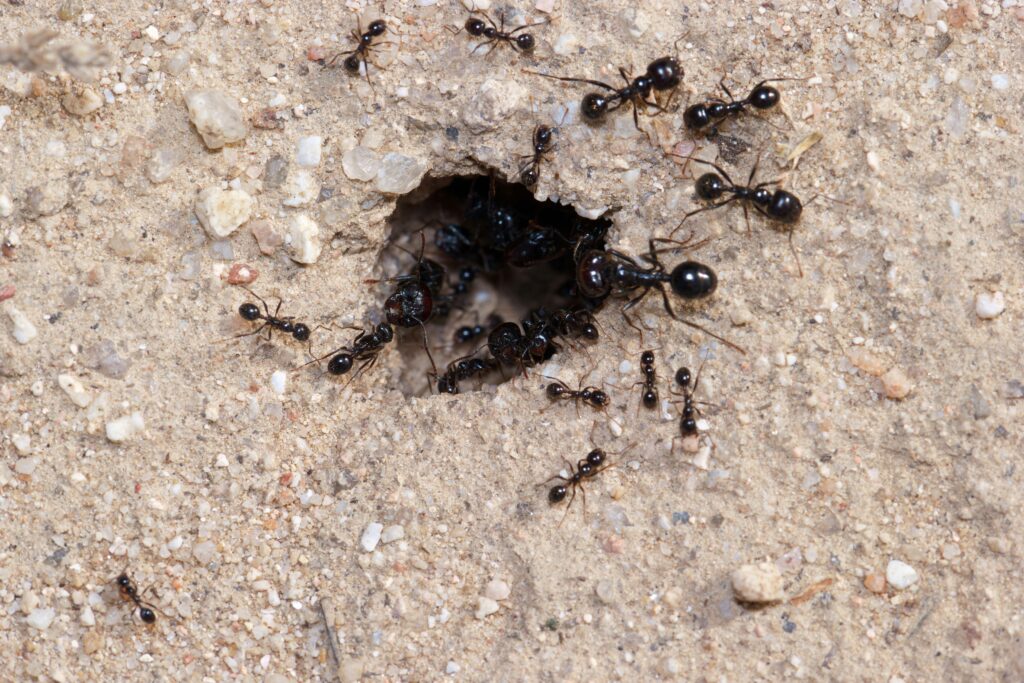
Certain species of Camponotus ants from Malaysia, appropriately nicknamed “exploding ants,” employ the most extreme form of defensive altruism: self-destruction. When threatened by predators, specialized worker ants called “doorkeepers” can violently contract their abdominal muscles with such force that they rupture their own body walls, spraying a sticky, toxic yellow substance in all directions. This defensive suicide not only physically impedes attackers by gluing them in place but also releases chemical compounds that can irritate, repel, or even kill smaller predators. The remarkable aspect of this defense is its evolutionary development despite seeming contrary to individual survival; these ants have essentially weaponized their own mortality to protect their colony’s genetic legacy. Scientists have identified over fifteen different chemical compounds in this explosive secretion, several of which have potential applications in human medicine as antimicrobial agents.
Walking Leaf Insects: Masters of Vegetative Disguise
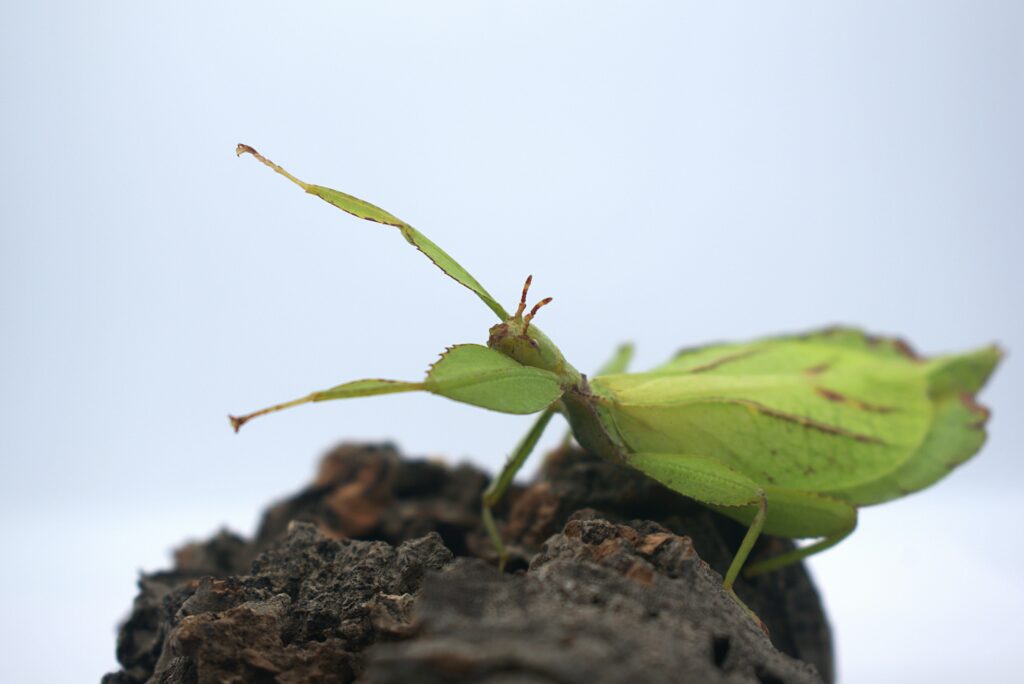
Leaf insects (Phylliidae family) represent perhaps the most extraordinary example of visual mimicry in the insect world, with bodies that have evolved to resemble leaves down to incredibly minute details. These remarkable creatures don’t simply look like green leaves – their bodies feature intricate vein patterns, irregular edges that mimic leaf damage, and even markings that resemble leaf spots or fungal growth. This disguise extends to their behavior, as they often sway gently when at rest, mimicking a leaf moving in a slight breeze, and some species even develop brown patches during certain seasons to resemble autumn foliage. The effectiveness of this camouflage reaches its peak in some species that develop transparent “windows” in their exoskeleton that simulate holes in damaged leaves, creating a visual illusion so perfect that researchers have documented predatory birds pecking at actual leaves while ignoring the insects sitting directly in plain view.
Glowing Click Beetles: Bioluminescent Deception
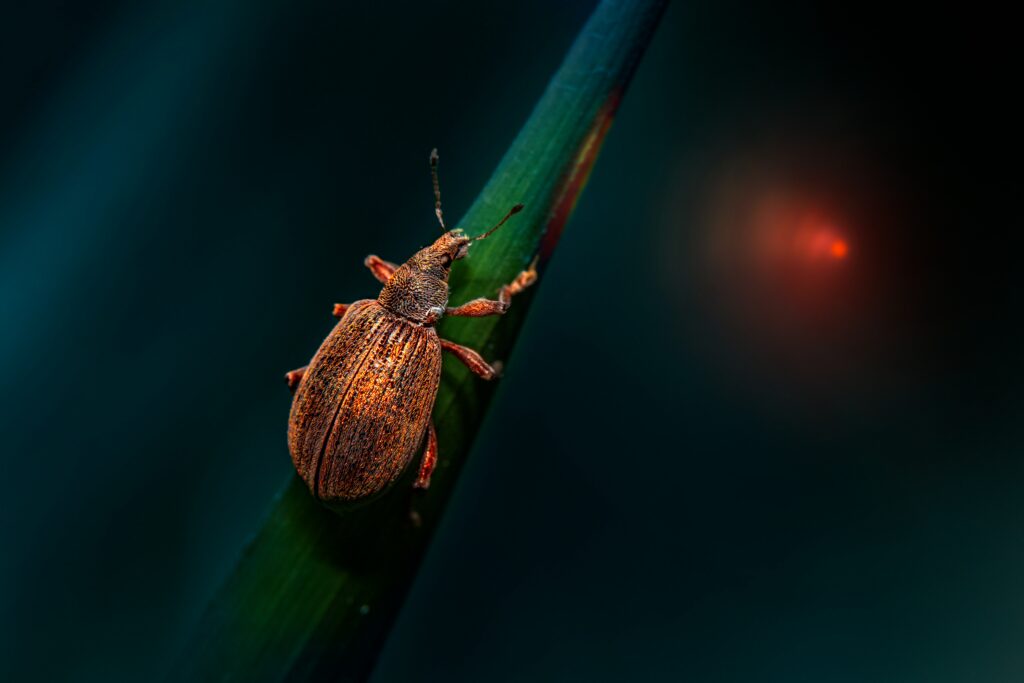
Several species of click beetles employ bioluminescence as a sophisticated defensive strategy rather than for attracting mates as in fireflies. When threatened, these beetles can emit bright green or orange light from specialized light organs on their thorax, creating a startling visual display that often momentarily confuses predators. This flash defense is frequently paired with the beetle’s namesake “clicking” mechanism, where a specialized peg-and-catch system allows the beetle to snap its body violently, launching itself several inches into the air with an audible click. The combination of sudden light emission and unpredictable jumping creates a multisensory confusion effect that gives the beetle precious seconds to escape. Research has shown that the particular wavelengths of light emitted by these beetles are specifically calibrated to overstimulate the visual receptors of their common predators, creating a temporary “dazzle” effect similar to a camera flash in human eyes.
Termite Suicide Bombers

Certain termite species, particularly in the Globitermes and Neocapritermes genera, have evolved specialized soldier castes that function essentially as living chemical bombs. These “nasute” soldiers develop with massively enlarged frontal glands filled with toxic, sticky defensive secretions. When their colony is breached, these soldiers rush to the front lines where they actively rupture their own bodies, spraying attackers with paralyzing compounds and physically blocking entry points with their dying bodies. In the most extreme cases, observed in Neocapritermes taracua, older soldiers even develop specialized “backpacks” of copper-containing proteins that mix with salivary secretions during rupture to create a more potent chemical reaction, making older, less efficient soldiers into more effective chemical weapons. Genetic studies have revealed that these self-sacrificing soldiers share unusually high genetic similarity with the colony’s reproductive individuals, making this extreme altruism advantageous from an evolutionary perspective despite its fatal outcome for individual termites.
The Wax-Shooting Defense of Bees

While honeybees are famous for their painful stings, certain stingless bee species have evolved a remarkably different defense mechanism involving precise wax projectiles. When threatened, guardians of these bee colonies secrete small wax pellets, which they then coat with irritating plant resins, formic acid, and other caustic compounds collected specifically for defense. These specialized guards then use their mandibles to flick these toxic wax projectiles with surprising accuracy at intruders, targeting sensitive areas like eyes and mucous membranes. What makes this defense particularly effective is that multiple bees will coordinate their assault, creating a barrage of painful projectiles that can deter predators many times their size, including humans investigating their nests. Studies have shown that these bees can modulate the chemical composition of their wax projectiles depending on the specific threat, creating stronger irritants for persistent predators and milder deterrents for one-time intruders.
The Trap-Jaw Ant’s Ballistic Escape
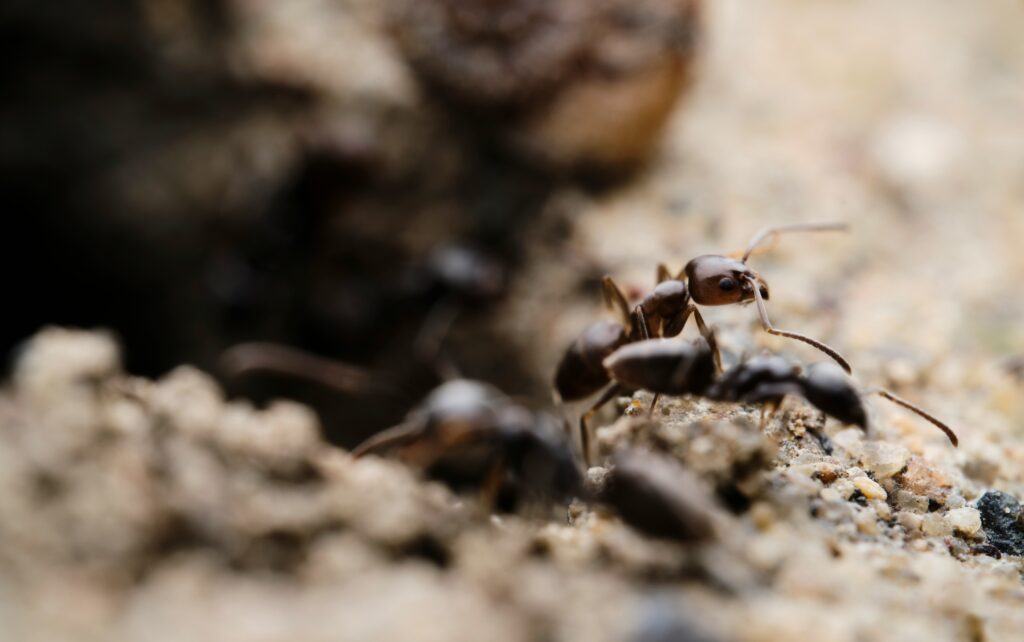
Trap-jaw ants possess mandibles that can close at speeds exceeding 140 mph, creating one of the fastest animal movements known to science. While primarily used for hunting, these lightning-fast jaws double as an extraordinary escape mechanism when the ant is threatened. By pointing their mandibles at the ground and triggering them against a hard surface, trap-jaw ants can launch themselves vertically up to 8 inches in the air—equivalent to a human jumping over a 30-story building. This “mandible jump” allows them to escape predators almost instantaneously, and some species can even direct these jumps with surprising accuracy, essentially performing controlled aerial maneuvers. The force generated during these jumps is so powerful that researchers have recorded trap-jaw ants successfully flinging attacking predators away from themselves, turning their hunting adaptations into a dual-purpose defensive weapon that quite literally propels them out of danger.
Thorn Bugs: Living Plant Mimics
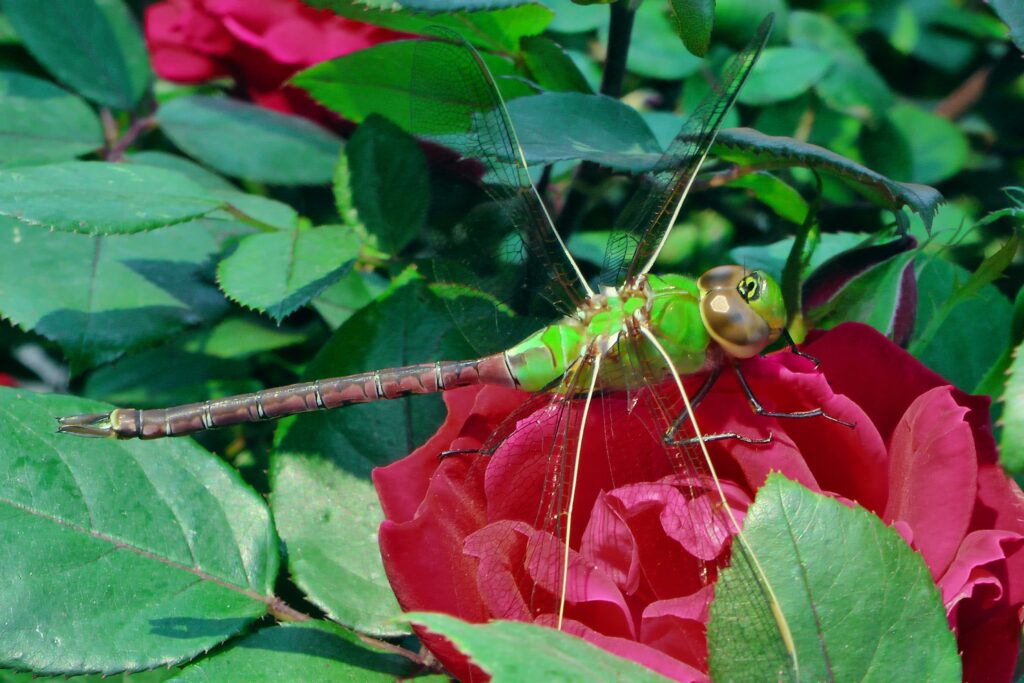
Thorn bugs (family Membracidae) have evolved one of the most convincing structural mimicry defenses in the insect world by developing thorny protrusions that make them nearly indistinguishable from the actual thorns of the plants they inhabit. These strange horn-like structures extend from their thorax, often growing larger than the insect’s actual body, and feature intricate textures, colors, and shapes that precisely match the specific thorn patterns of their host plants. The mimicry extends beyond simple appearance—thorn bugs position themselves along stems at the exact angles and distances that real thorns would appear, creating a visual illusion so perfect that predatory birds regularly peck at actual thorns while ignoring the insects. What makes this adaptation even more remarkable is its energetic cost; thorn bugs invest substantial biological resources in growing and maintaining these elaborate structures, demonstrating the extreme evolutionary pressure that predation has placed on these insects.
The Weirdest Defense of All: Fecal Shields
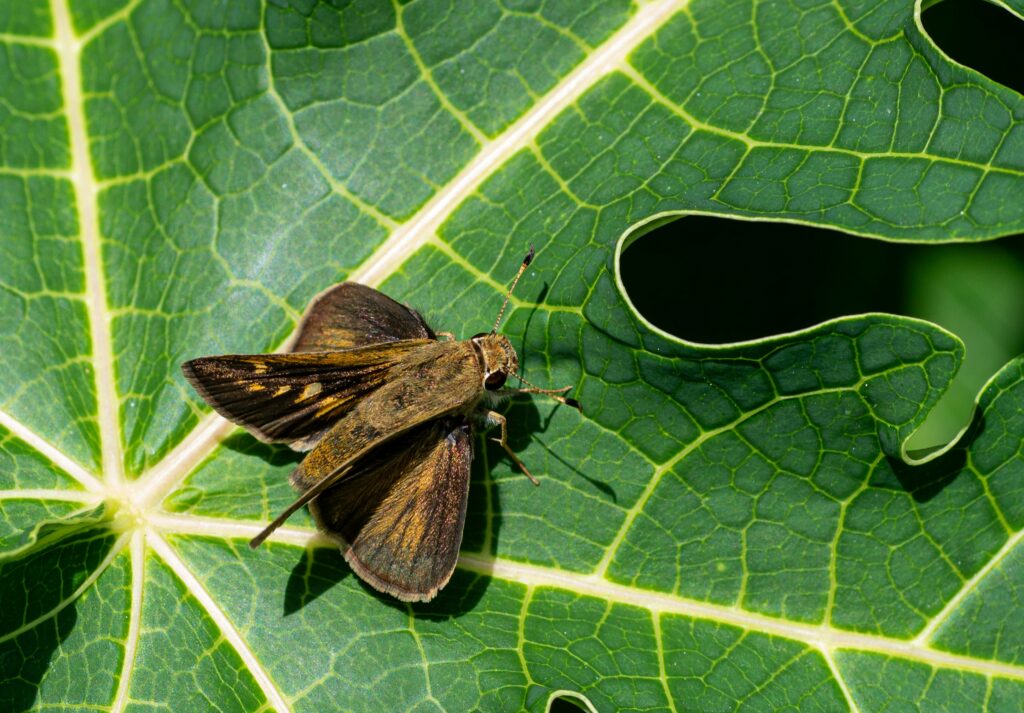
Several beetle and insect larvae, particularly in the tortoise beetle and leaf beetle families, employ what might be the most disgusting yet effective defensive adaptation: they protect themselves with their own excrement. These insects possess specialized anal forks or structures that allow them to precisely position and manipulate their feces, creating elaborate protective architectures ranging from simple shields to multi-tiered “umbrellas” above their bodies. These fecal shields serve multiple defensive functions: they provide physical protection, emit repulsive odors that deter predators, and in some species contain redirected plant toxins that the insect processes from its diet specifically for defensive purposes. Research has shown that larvae deprived of their fecal shields suffer significantly higher predation rates, with some studies documenting mortality increases of over 60% in shield-less individuals compared to their protected counterparts. Perhaps most remarkably, some species incorporate their molted exoskeletons into these fecal structures, creating a composite biological armor uniquely tailored to their specific predator threats.
The insect world’s defensive innovations showcase evolution’s boundless creativity when survival is at stake. From chemical warfare and explosive backpacks to living disguises and suicide tactics, these adaptations demonstrate how species with limited size and strength can still thrive through ingenious solutions to predatory pressure. These strange defenses aren’t just biological curiosities—they represent millions of years of evolutionary refinement, with many inspiring technological and medical breakthroughs for human benefit. By understanding these remarkable adaptations, we gain not only appreciation for the complexity of even the smallest creatures but also insight into the powerful evolutionary forces that shape all life on our planet. Nature’s weird and wonderful insect defenses remind us that sometimes, survival depends not on being the biggest or strongest, but on having the most creative solution to life’s constant challenges.

